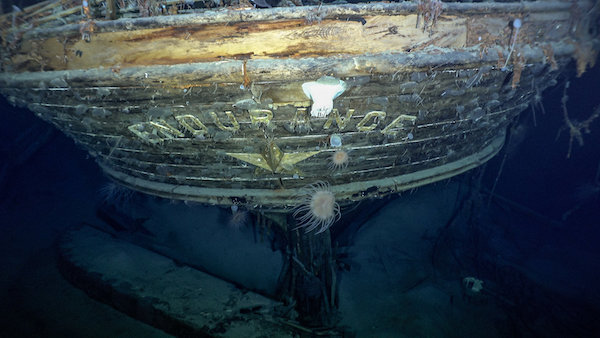In a monumental achievement for maritime history and polar exploration, the legendary three-masted sailing ship Endurance, famously sailed by Sir Ernest Shackleton during his ill-fated Antarctic expedition, was discovered on the 5th of March 2022, marking a significant moment in the annals of exploration.
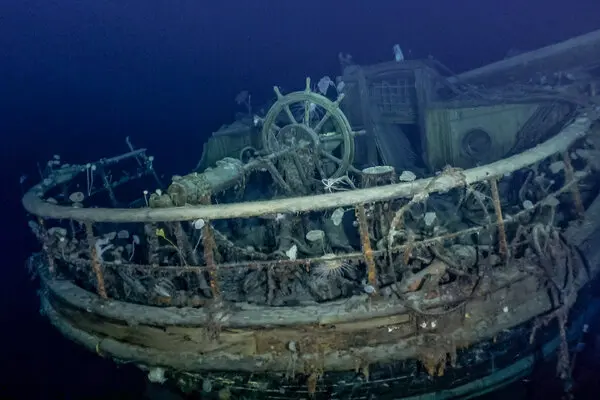
The Endurance, which had been lost to the icy depths of the Antarctic for over a century, was located by the Endurance22 Expedition, an endeavour organised and financed by the Falklands Maritime Heritage Trust. The discovery of the Endurance has captivated historians, explorers, and the general public alike, reigniting interest in one of the most extraordinary survival tales in human history.
Led by Shackleton, the Imperial Trans-Antarctic Expedition of 1914-1917 aimed to cross the Antarctic continent via the South Pole. However, the expedition faced disaster when the Endurance became trapped and ultimately crushed by the shifting ice of the Weddell Sea in November 1915. Shackleton and his crew were forced to abandon ship and endure unimaginable hardships before ultimately being rescued in a daring rescue mission two years later.
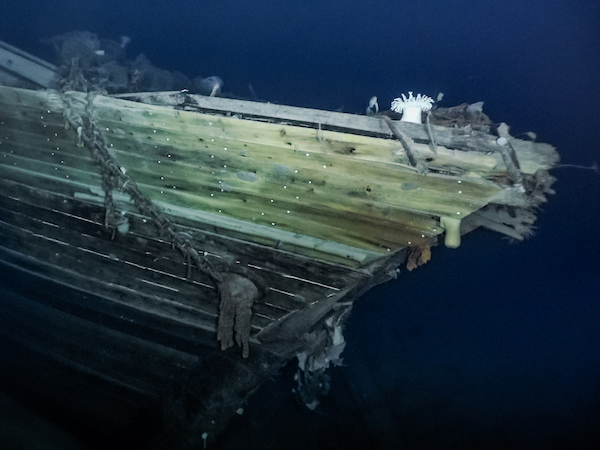
The Falklands Maritime Heritage Trust, dedicated to preserving and promoting the maritime history of the Falkland Islands and the South Atlantic, spearheaded the Endurance22 Expedition. The quest to locate the Endurance was years in the making, involving meticulous planning, cutting-edge technology, and the expertise of a team of seasoned explorers and researchers. Using state-of-the-art sonar and underwater drones, the expedition scoured the icy depths of the Weddell Sea, braving treacherous conditions in search of the elusive shipwreck.
The discovery of the Endurance not only provides closure to a century-old mystery but also offers invaluable insights into the heroic age of Antarctic exploration. Tim Stockings, Director of Exploration at the Falklands Maritime Heritage Trust, expressed his elation at the historic find, stating, "Locating the wreck of the Endurance is a momentous milestone in the history of polar exploration. It is a testament to the enduring spirit of exploration and the indomitable human quest for knowledge and discovery."
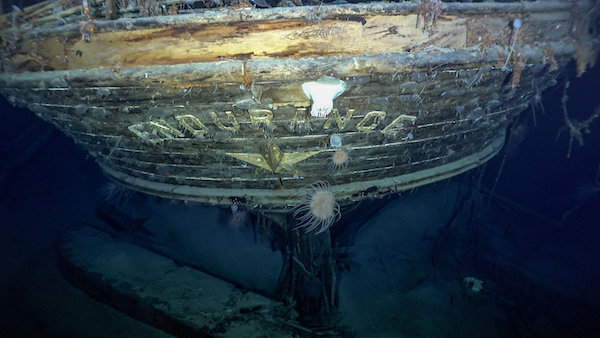
When the initial discovery was made, the team noted that the Endurance appeared to be largely intact, with its hull and distinctive features still recognisable. The frigid temperatures of the Weddell Sea inhibit the growth of organisms that typically contribute to the decomposition of shipwrecks in warmer waters. Additionally, the lack of oxygen at the depths where the Endurance was located may have further slowed the degradation process.
This remarkable level of preservation offered a unique opportunity for researchers and historians to study the ship and gain insights into the construction techniques and materials used during the heroic age of Antarctic exploration. Examination of artefacts and personal belongings found on the wreck has provided insights into the daily lives and routines of the crew, offering a more nuanced understanding of their experiences and struggles.
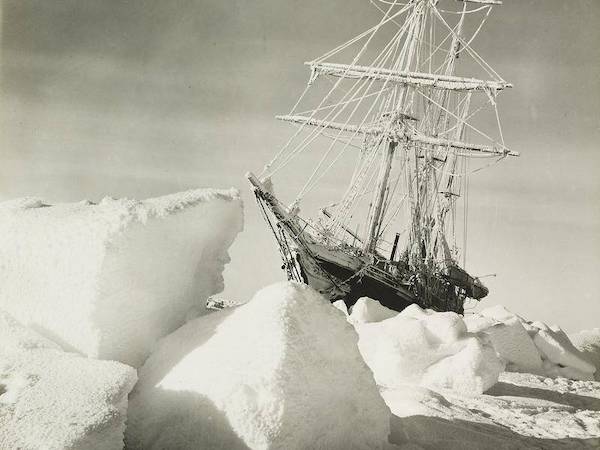
Furthermore, the Endurance's condition provided valuable clues as to the environmental conditions in the Weddell Sea and the impact of climate change on polar regions. By analysing the organisms and microorganisms that have colonised the wreck, scientists have been better able to understand the ecological dynamics of this remote and inhospitable environment. Dr. Victoria Herridge, Palaeontologist and Expedition Team Member says "As a scientist, the discovery of the Endurance is incredibly exciting. It offers a unique opportunity to study the biodiversity of the Weddell Sea and the impact of climate change on Antarctic ecosystems."
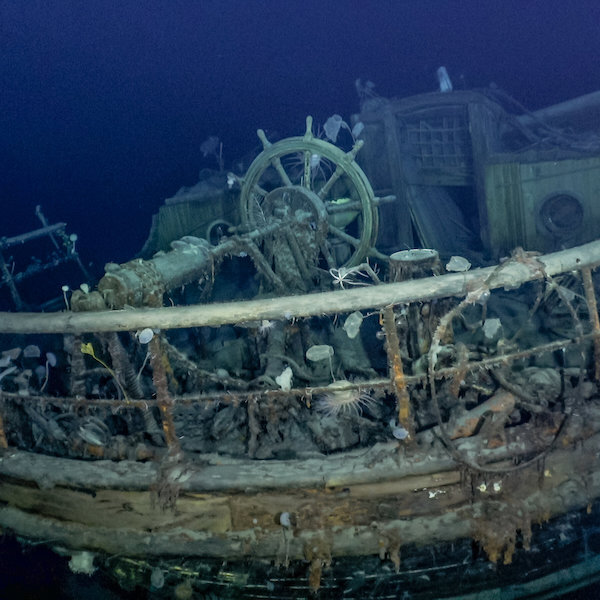
While the exact extent of the Endurance's preservation will become clearer as further studies are conducted, the initial assessments suggest that the ship's remarkable condition offers a tantalising glimpse into a pivotal moment in exploration history and promises to deepen our understanding of the challenges and triumphs of Antarctic exploration.

